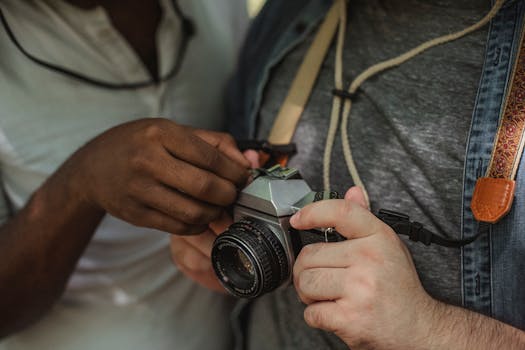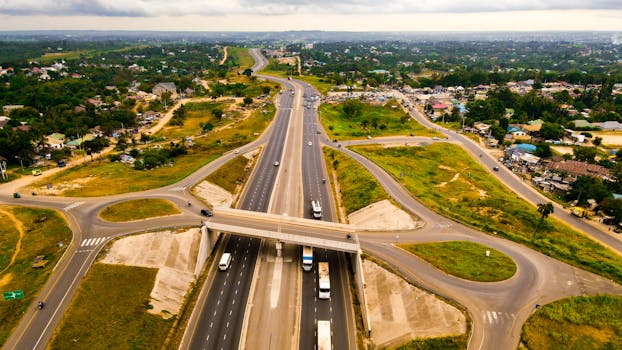Leave blank for auto-generated.

Leave blank for auto-generated.
The world of digital photography continues to evolve, with manufacturers consistently pushing the boundaries of technology to create cameras that offer more features, improved image quality, and greater usability. In 2023, we have seen a remarkable array of new digital cameras hitting the market, each with unique capabilities designed to cater to varying needs and preferences. In this article, we will explore the latest trends in digital cameras, highlight some of the most exciting new releases, and provide insights into what photographers can expect from these modern devices.
Emerging Trends in Digital Cameras

- Mirrorless Madness: Mirrorless cameras are taking the spotlight, offering compact designs without sacrificing performance. With faster autofocus systems and high-speed continuous shooting, these cameras cater to both enthusiasts and professionals.
- Enhanced AI Features: Artificial intelligence is becoming a staple in modern cameras, with features like scene recognition, subject tracking, and auto-framing revolutionizing the way we capture images.
- 4K and Beyond: Video capabilities are now a critical factor in camera purchases, with many models offering 4K recording and high frame rates for smooth, cinematic footage.
- Connectivity and Sharing: Wi-Fi and Bluetooth connectivity have become standard, allowing photographers to share images instantly with their devices, enhancing the overall photography experience.
Top Digital Cameras of 2023

Canon EOS R8
The Canon EOS R8 is a powerful mirrorless camera that boasts a full-frame sensor, offering incredible low-light performance and dynamic range. With dual pixel autofocus and 4K video capabilities, the R8 is perfect for both stills and motion capture. Its ergonomic design and intuitive controls make it an excellent choice for photographers of all levels.
Nikon Z9
Nikon’s flagship mirrorless model, the Z9, has redefined professional photography with its impressive 45.7 MP sensor, 20 fps continuous shooting, and advanced autofocus system. The Z9 is also weather-sealed, ensuring durability in challenging conditions, making it a favorite among wildlife and sports photographers.
Sony A7 IV
The Sony A7 IV offers a blend of high-resolution imaging and impressive video features, including 4K 60p recording. With a 33 MP full-frame sensor and advanced AI autofocus, it is a versatile choice for both photography and videography. The camera’s intuitive interface and extensive lens compatibility enhance its appeal for creatives.
Choosing the Right Camera for Your Needs

- Purpose: Are you a beginner, hobbyist, or professional? Your skill level will influence the type of camera you need.
- Budget: Determine how much you are willing to spend, as cameras can range from affordable entry-level models to high-end professional gear.
- Features: Identify the features that matter most to you, such as low-light performance, video capabilities, or connectivity options.
- Portability: If you travel frequently, consider the size and weight of the camera, as well as the availability of compact lenses.
Conclusion

FAQs
1. What should I look for in a digital camera?
Consider factors like sensor size, image quality, lens compatibility, and desired features such as video capability and connectivity options.
2. Are mirrorless cameras better than DSLRs?
Mirrorless cameras tend to be more compact and offer faster autofocus systems, but DSLRs have a longer battery life and a wider selection of lenses.
3. How do I know which camera is right for me?
Assess your photography needs, budget, and whether you prioritize portability or advanced features. Reading reviews and testing cameras in-store can also help you make an informed decision.
4. Can I use my DSLR lenses on a mirrorless camera?
Many manufacturers offer adapters to use DSLR lenses on mirrorless bodies, but be sure to check compatibility before purchasing.
5. What is the future of digital cameras?
As technology evolves, we can expect further advancements in AI, increased connectivity, and enhanced imaging capabilities that will continue to transform the photography landscape.







